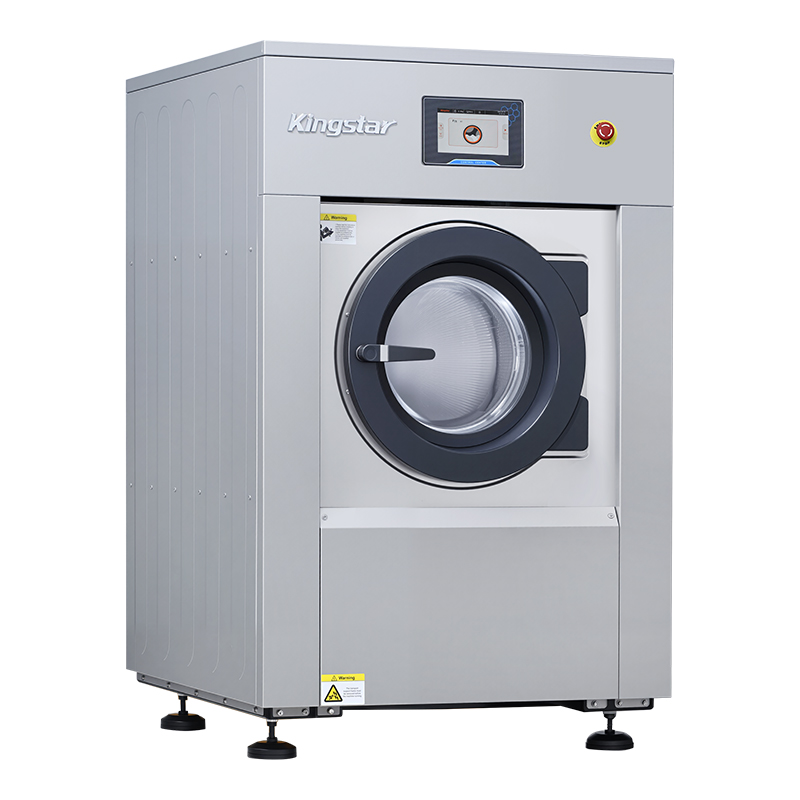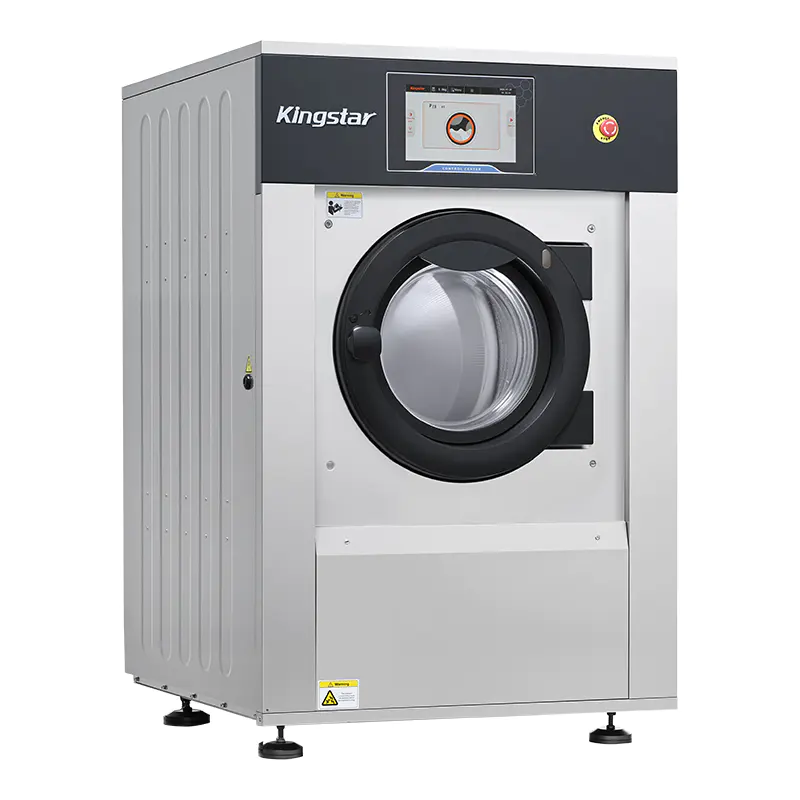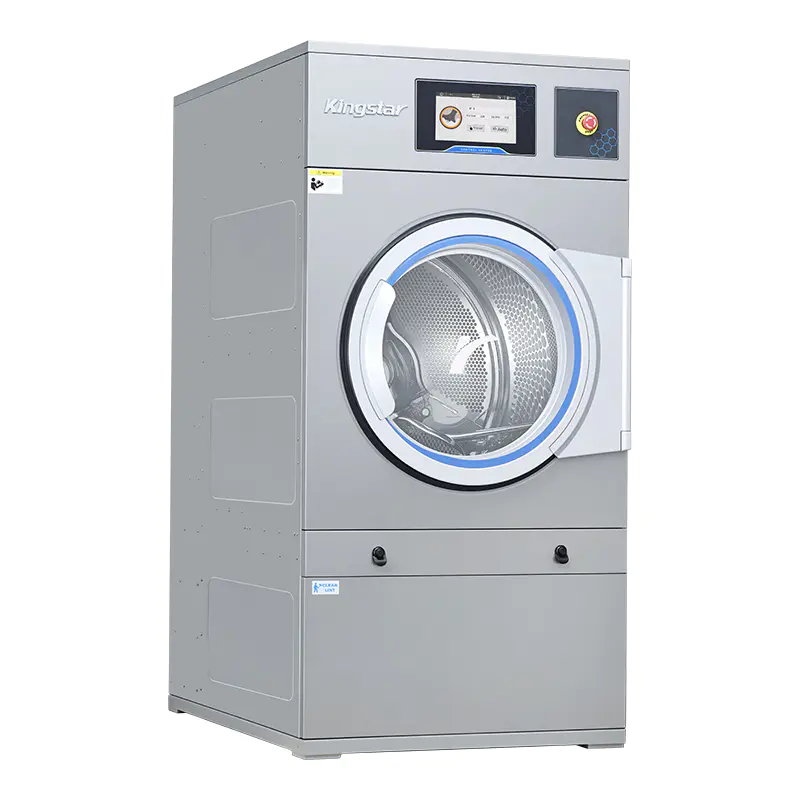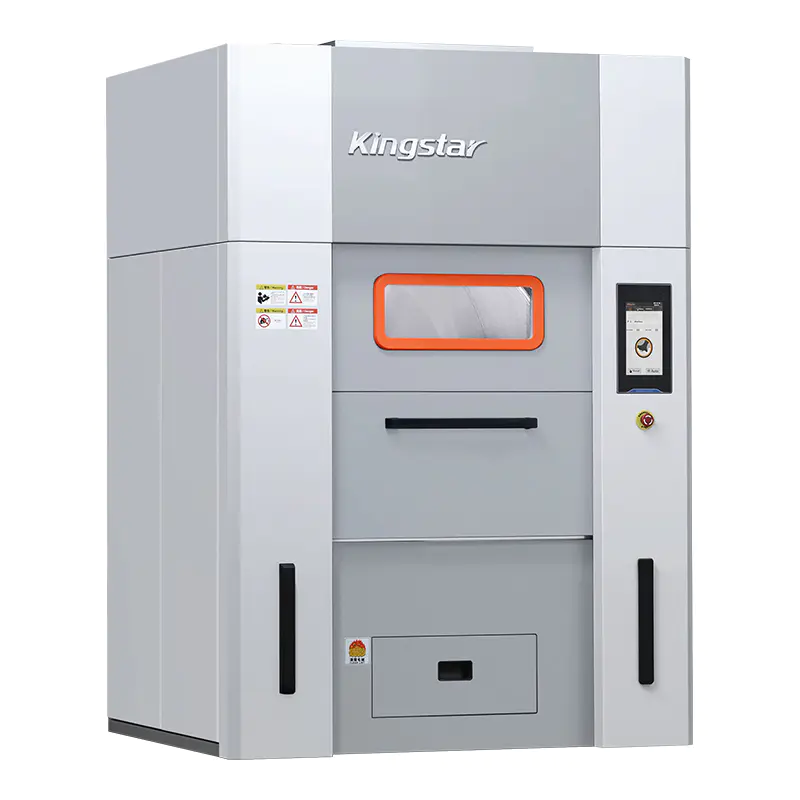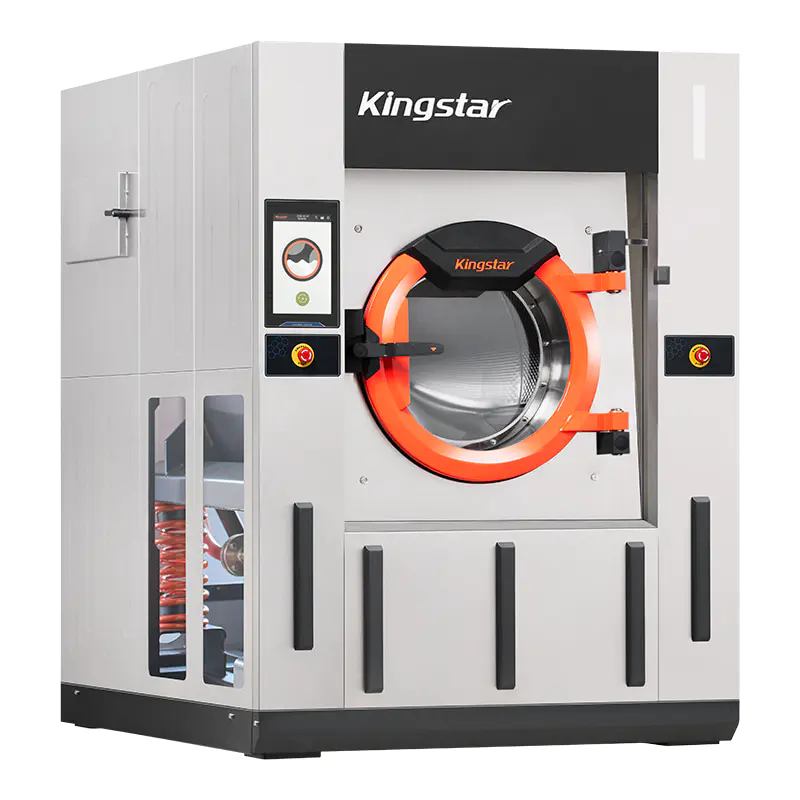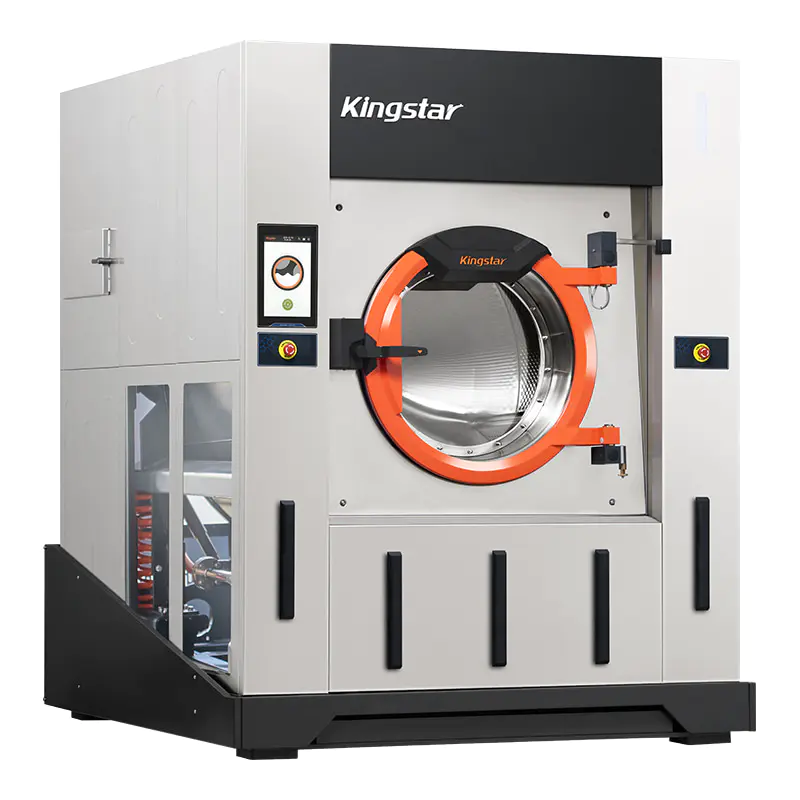
What are the common causes of leakage or mechanical failure in a coin-operated hardmount washer?
Wear and Tear of Seals and Gaskets
One of the most frequent causes of leaks in coin-operated hardmount washers is the deterioration of seals and gaskets. These components are designed to prevent water from escaping the machine’s internal compartments, including the drum, detergent dispenser, and plumbing connections. Over time, exposure to heat, water, and cleaning chemicals can cause seals to harden, crack, or shrink, resulting in compromised watertight integrity. Regular inspection and timely replacement of worn seals and gaskets are essential to maintain the machine's reliability and prevent water damage to surrounding areas.
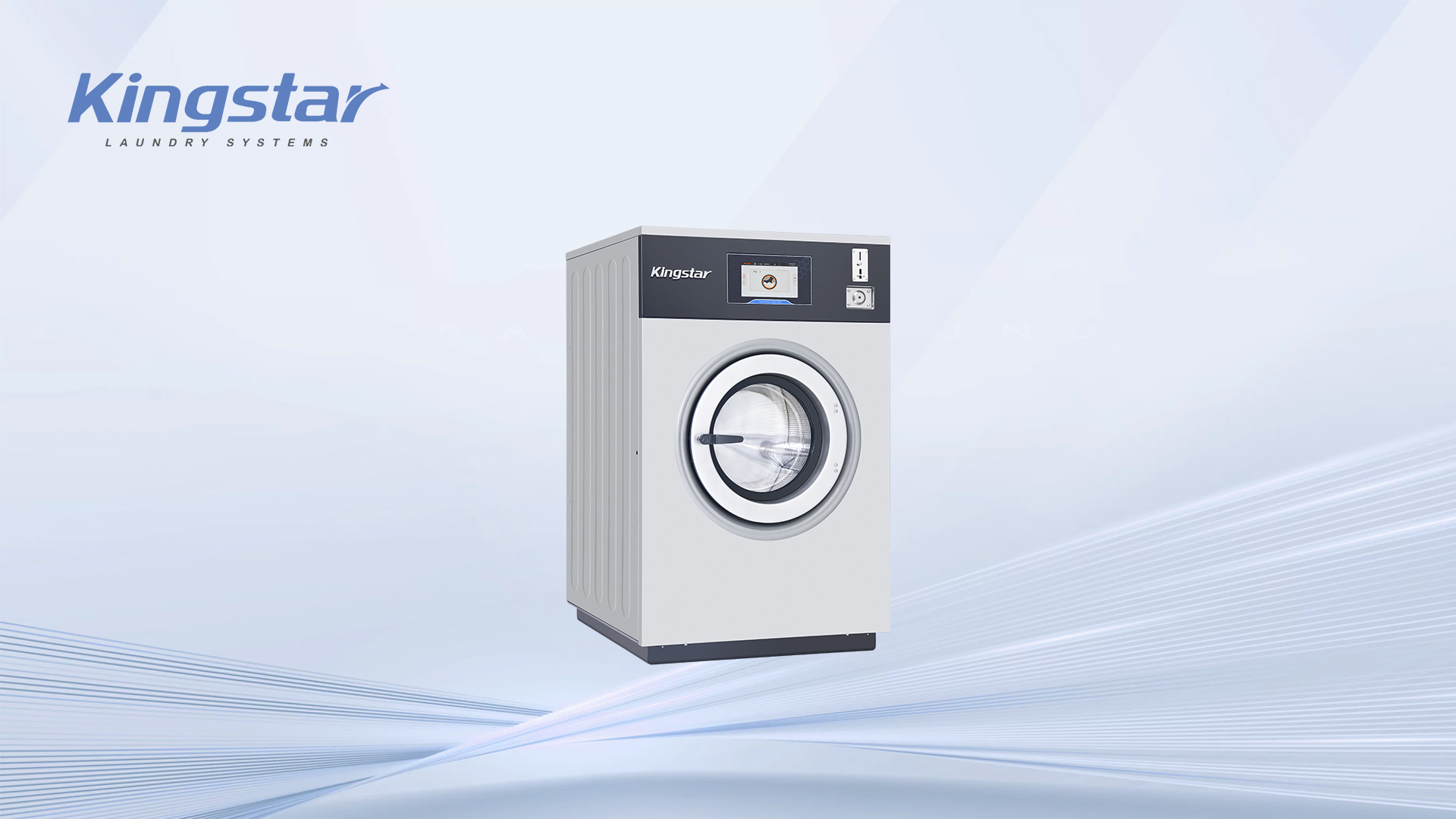
Loose or Damaged Hoses
Hoses that supply water to the washing machine or carry wastewater away are another common source of leaks. These hoses may loosen at connection points due to vibrations from repeated operation or degrade over time due to chemical exposure and mechanical stress. Cracks, splits, or perforations in the hose walls can also lead to water leakage. Using high-quality hoses and ensuring secure attachment to both the machine and plumbing system reduces the likelihood of leaks and mechanical failures.
Corrosion of Internal Components
Corrosion can affect metal parts within the washing machine, including drum supports, fasteners, and valve assemblies. Continuous exposure to moisture, detergent residues, and water with high mineral content accelerates corrosion, potentially causing structural weakness or holes that result in leaks. Preventive measures include using corrosion-resistant materials, applying protective coatings, and regularly cleaning components to remove deposits that contribute to corrosion. Addressing early signs of rust and corrosion is critical to avoid more serious mechanical failures.
Faulty Water Inlet Valves
Water inlet valves control the flow of cold and hot water into the washing machine. If a valve becomes defective, it can either fail to shut off completely or develop cracks in its housing, causing leaks. Malfunctioning solenoids or debris buildup inside the valve can also prevent proper closure. Regular inspection and cleaning of water inlet valves, along with replacement of damaged units, ensure consistent water flow and reduce the risk of mechanical failures due to uncontrolled water intake.
Drain Pump and Pump Seal Issues
The drain pump is responsible for expelling water from the machine after the wash and rinse cycles. A worn pump or deteriorated pump seal can allow water to escape, resulting in leakage near the base of the machine. Foreign objects such as coins, lint, or small debris can also obstruct the pump, causing excessive strain and mechanical failure. Periodic cleaning of the pump chamber and inspection of seals help maintain proper drainage and prevent leaks that could affect the machine's operation.
Mechanical Wear in the Drum and Bearings
The drum and its supporting bearings are subjected to high rotational forces during the spin cycle. Continuous use can lead to bearing wear, misalignment, or even partial drum movement, creating gaps that allow water to escape. Lubrication failure or contamination of bearings accelerates wear, which may eventually require replacement of both the drum and bearing assembly. Ensuring proper maintenance, including timely lubrication and removal of trapped debris, prolongs drum life and minimizes leak risks.
Coin Mechanism and Internal Component Interference
In coin-operated machines, the coin mechanism itself can sometimes interfere with internal components if misaligned or damaged. Coins that jam within the mechanism can trigger operational errors, causing improper valve activation or interrupted cycles. This may lead to overfilling or incomplete drainage, indirectly contributing to water leaks or mechanical stress. Regular servicing of the coin mechanism ensures smooth operation and reduces the likelihood of associated leaks or failures.
Electrical Component Failures Affecting Water Flow
Electrical components such as timers, control boards, and solenoids regulate the machine’s operation. Malfunctions in these systems can cause water to continue filling after a cycle completes, or prevent pumps from activating, leading to overflow or accumulation of water in undesired areas. Moisture ingress or wiring degradation can exacerbate these issues. Routine inspection of electrical connections, as well as ensuring components are dry and free from corrosion, supports proper function and reduces the risk of leak-related failures.
Common Causes of Leaks and Failures
The following table summarizes typical causes of leaks and mechanical failures in coin-operated hardmount washers, along with associated preventive measures.
|
Cause |
Description |
Preventive Measures |
|
Seals and Gaskets |
Deterioration due to heat, water, and chemicals |
Regular inspection and replacement |
|
Hoses |
Loose connections or cracks |
Secure fittings, periodic replacement, high-quality hoses |
|
Corrosion |
Metal components weakened by moisture and detergents |
Use corrosion-resistant materials and clean regularly |
|
Water Inlet Valves |
Malfunctioning or cracked valves |
Inspect and clean valves, replace defective units |
|
Drain Pump and Seals |
Worn seals or obstructions causing leaks |
Clean pump chamber and check seals periodically |
|
Drum and Bearings |
Wear causing misalignment and water escape |
Lubrication, debris removal, and timely bearing replacement |
|
Coin Mechanism |
Jamming or misalignment affecting operation |
Regular servicing and maintenance of coin mechanism |
|
Electrical Components |
Failure affecting water flow or drainage |
Inspect wiring and control boards, prevent moisture exposure |
Maintenance Strategies to Prevent Leaks and Failures
Preventive maintenance is essential for reducing leaks and mechanical failures in coin-operated hardmount washers. Regularly inspecting seals, hoses, valves, and pumps can identify potential issues before they cause major problems. Cleaning the drum, pump, and coin mechanism prevents buildup that may interfere with operation. Checking electrical components for proper function and ensuring all connections are secure helps avoid operational errors. Implementing a maintenance schedule based on usage frequency ensures long-term reliability and minimizes downtime due to leaks or mechanical failures.
Design Considerations to Minimize Failures
Manufacturers incorporate specific design features to reduce the likelihood of leaks and mechanical failures. Reinforced seals, corrosion-resistant metals, and robust hose fittings improve durability. Improved pump design and bearing protection enhance drum stability and reduce stress on moving parts. Coin mechanisms are engineered to minimize interference with other components. These design considerations, combined with proper user handling and maintenance, significantly decrease the chances of leaks and mechanical issues in high-traffic or commercial settings.
User Awareness and Proper Operation
User behavior also influences the frequency of leaks and mechanical failures. Overloading the machine, using inappropriate detergents, or forcing the coin mechanism can contribute to wear and malfunction. Providing clear instructions and guidelines for users helps minimize misuse and ensures that the machine operates within its design limits. Educating operators about proper loading, detergent dosage, and reporting minor issues early can extend the lifespan of components and reduce maintenance costs.
Advanced Technologies to Improve Reliability
Modern coin-operated hardmount washers increasingly use advanced sensors and automated monitoring systems to detect leaks, overfilling, or mechanical malfunctions. Flow sensors, water level sensors, and vibration monitors provide early warnings, allowing for prompt corrective action. Incorporating these technologies reduces the risk of extensive damage and supports safer, more reliable operation. Integration of electronic controls with mechanical systems provides a comprehensive approach to maintaining the machine's functionality over time.
ADD:No.388 Xinggang Road, Chongchuan District, Nantong City, 226000, Jiangsu Province, China.
-
Phone: +86-13917089379
-
Tel:+86-13917089379
-
Fax:+86-0513-85663366
-
E-mail:[email protected]
